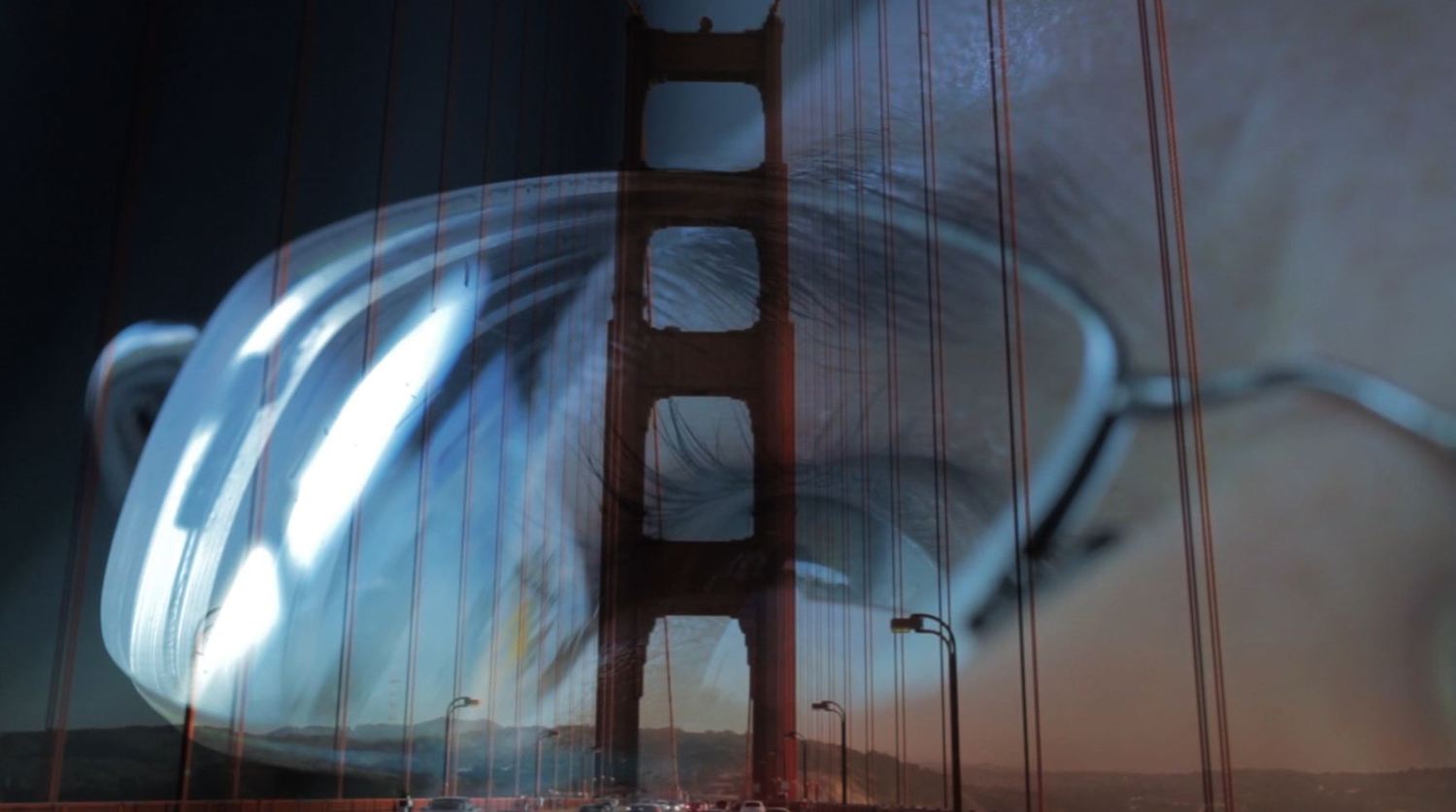Eye Allergies – How To Get Relief From Itchy Eyes
Allergy season is coming! In addition to the common sneezing, runny nose, and nasal congestion, many of us also experience watery, itchy, irritated, red, and swollen eyes.
Allergies are caused by normally harmless substances which are seen as a threat to the body, and cause a reaction in the immune system that makes the eyes red and watery. The most common airborne allergens are pollen, dust, mold, and pet dander. Allergies can also be triggered by preservatives in eye drops or certain components in other cosmetics.
If you suffer from seasonal allergies, you can take some preventative measures such as staying indoors when the pollen count is high, and using an allergen filter with your air conditioner. Wear wraparound sunglasses to shield your eyes from pollen in the air, and drive with your windows closed. More tips for allergy relief here
The release of histamine is part of the normal allergic response. Antihistamines reduce allergic reactions by blocking the effects of histamine. Oral antihistamines are useful for overall allergy symptoms like sneezing, sniffing, and congestion, but topical antihistamine eye drops will target the eye allergy and have fewer side effects like sleepiness, dry mouth, and dry eyes. If your symptoms are mild, over-the-counter allergy eye drops containing antihistamines may be enough to provide relief. There are also combination drops containing antihistamines, as well as mast cell stabilizers which prevent the reaction from starting (rather than trying to block it after it starts). Ask Dr. Lee to recommend a treatment that best suits your needs.
Contact lens wearers may suffer extra discomfort, because the lenses can attract and accumulate allergens and debris. If you don’t want to wear glasses throughout allergy season, talk to Dr. Lee about switching to daily disposables that you discard after one day to avoid build-up on your lenses.
Allergies are very uncomfortable and can last for months. Don’t suffer! Call to make an appointment at the first sign of allergies – getting an early start results in faster relief.
For temporary relief before your appointment, use a cold compress over the eyes for 10-15 minutes, and a few drops of artificial tears or sterile saline solution in each eye to help flush out allergens. Putting the drops in the fridge before instilling them provides additional relief.





